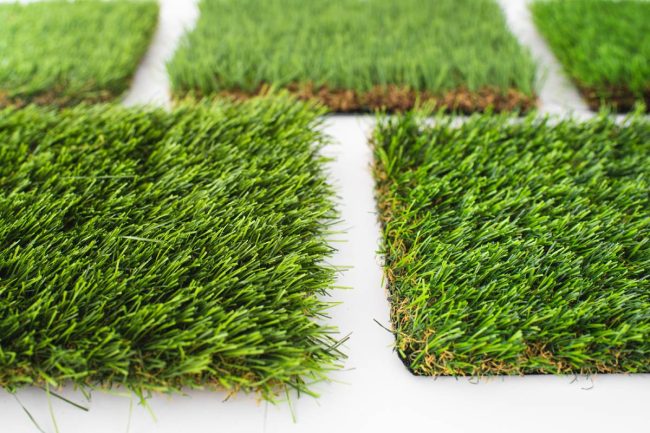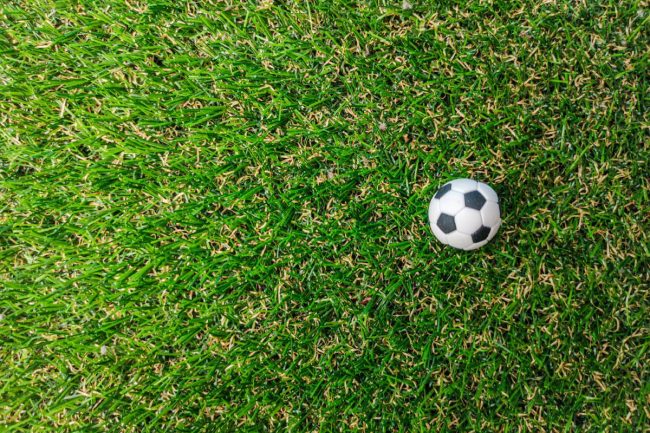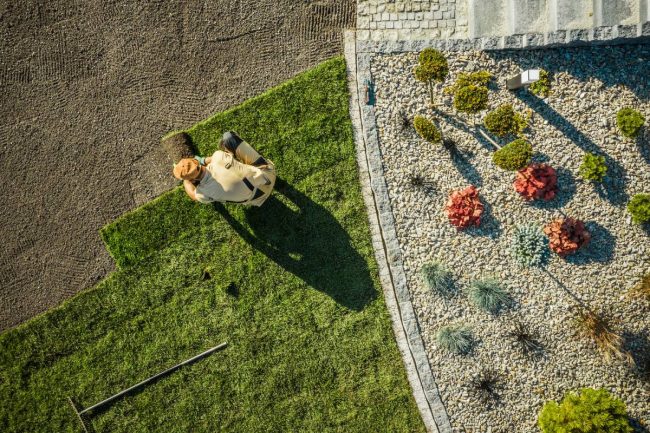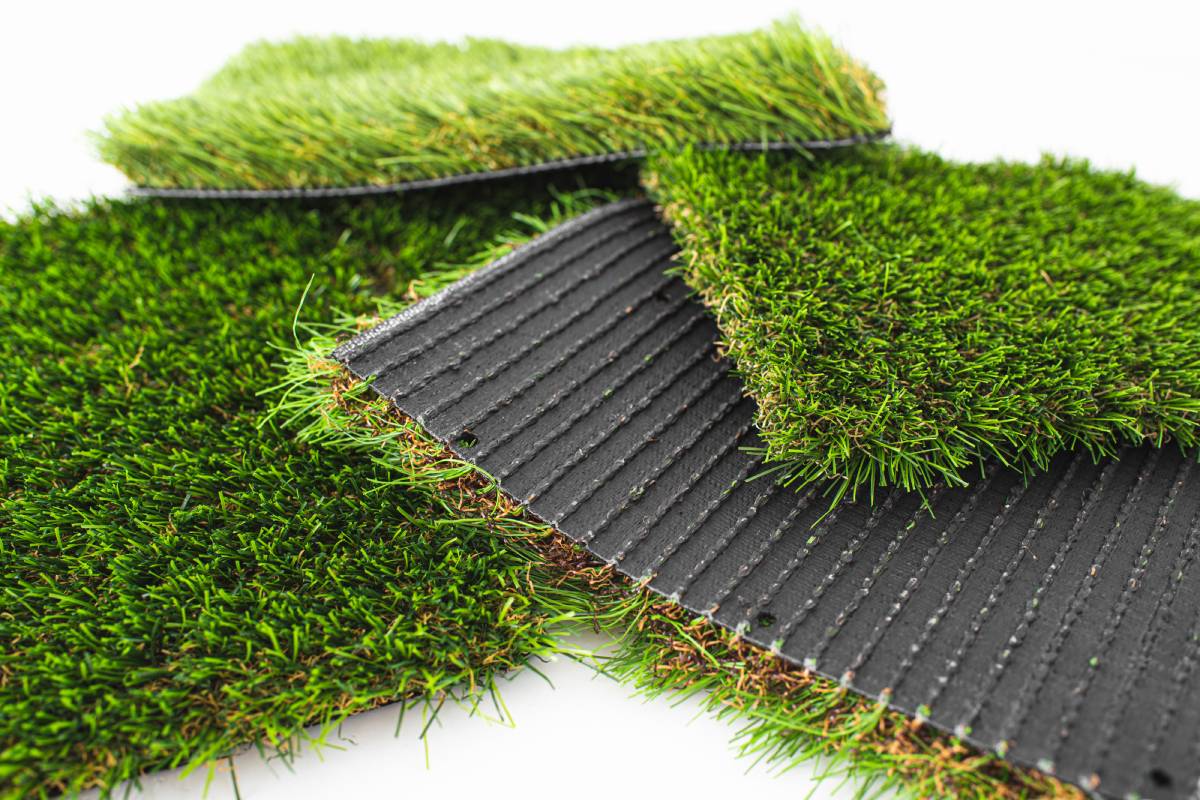What varieties of artificial grass are available? What are the pros and cons? How long will artificial grass last? How much does it cost? Click
Have you ever gazed at a neighbour’s lawn from afar and marvelled at its lush, vibrant greenery, seemingly untouched by maintenance or watering?
Chances are, that seemingly natural lawn is actually synthetic grass, also known as artificial grass or turf. If this revelation surprises you, it might be because you’re recalling the artificial grass of the past, which bore little resemblance to real grass. However, times have changed. Modern synthetic grass can be incredibly realistic, even when closely examined.
This article aims to guide you through the various options available, considerations for installing artificial grass, and estimates of project costs.
What varieties of artificial grass are available?
Artificial grass offers a diverse range of styles tailored to various preferences. Typically, these options can be categorized based on materials, length, intended use, features, and even colour. The versatility provided by these combinations contributes significantly to the widespread popularity of artificial grass today.
Materials Used in Artificial Grass: The majority of artificial grass is crafted from polyethylene, polypropylene, or nylon, often layered to leverage their respective advantages.
- Nylon: Recognized as the strongest material for artificial grass, nylon boasts durability against weight and weather, making it suitable for various applications. However, its higher cost may limit its use for entire yards.
- Polyethylene: Predominantly used in synthetic grass, polyethylene offers vibrant colours and textures that closely resemble the softness of real grass. When combined with nylon, it enhances durability.
- Polypropylene: As the least expensive option, polypropylene lacks the durability of other materials. It is commonly utilized indoors to avoid sun-related heat damage and serves decorative purposes.

Length (Pile Height): Artificial grass is available in short, medium, or long pile lengths, catering to different aesthetics and applications.
- Short pile grass (less than 30mm): Ideal for sports surfaces like tennis courts, hockey pitches, or golf putting greens. It’s also suitable for pets due to its softness and durability.
- Medium pile lengths (30mm – 37mm): Often chosen for general lawn use, providing versatility to withstand various backyard activities while maintaining a natural appearance.
- Longer pile lengths (greater than 37mm): Used to replicate the look of real grass, especially for lush lawns. Pairing longer piles with nylon reinforcement helps maintain blade integrity and prevents flattening.
Additionally, individual grass blades vary in width to mimic different local grass species such as couches or buffalo, enhancing the realism of artificial lawns.
Usage
Artificial grass offers versatility for various purposes, with different blends and types tailored to specific needs. Some specialized uses include:
- Playgrounds
- Pet areas
- Sporting fields (including backyard soccer fields)
- Residential lawns
- Golfing (including backyard putting greens)
- Balconies
- Truck bed lining
- Indoor decoration
Features
Artificial grass can be equipped with various features to enhance performance and durability, such as:
- UV stabilization for outdoor sun protection
- Urethane backing for drainage and added durability
- Non-absorbent properties for odour reduction
- Heat and frost resistance for durability in extreme weather conditions
- Non-flammable characteristics to prevent accidents, especially near BBQ areas
- Perforation for enhanced drainage
- Non-staining to maintain a fresh appearance
Colour
While green is the most common choice, synthetic grass is available in multi-tone variations, closely resembling real grass. However, colour options are not limited to green, with options including pink, orange, blue, and more. For instance, blue grass is often used around swimming pools to complement the water. The choice of colour is entirely up to personal preference.
Regardless of the chosen features or colour, modern synthetic grass is designed to be resilient, low-maintenance, and long-lasting. High-quality synthetic turf is durable enough for use in exercise areas at dog kennels. Cleaning is simple with just a hose, and if the pile flattens over time, it can be easily raked back into place, restoring its original appearance.

What are the pros and cons of artificial grass?
Artificial grass, also known as synthetic turf, offers a low-maintenance alternative to natural grass lawns. Like any product, it comes with its own set of advantages and disadvantages. Let’s break down the pros and cons of artificial grass in an easy-to-understand manner:
Pros:
- Low Maintenance: One of the biggest advantages of artificial grass is its low maintenance requirements. Unlike natural grass, it doesn’t need mowing, watering, or fertilizing, saving you time and effort.
- Water Conservation: Artificial grass doesn’t require watering like natural grass does, making it an environmentally friendly option, especially in regions prone to droughts. It helps conserve water resources, which is crucial in today’s world.
- Year-Round Greenery: Artificial grass stays green and lush all year round, regardless of weather conditions. It provides a consistently attractive landscape without the seasonal brown patches that natural grass may develop during dry spells or cold weather.
- Durability: Synthetic turf is highly durable and can withstand heavy foot traffic, making it suitable for areas where natural grass struggles to thrive, such as playgrounds, sports fields, and high-traffic yards.
- Allergy-Free: For individuals allergic to grass pollen, artificial grass can provide relief by eliminating the allergens associated with natural grass, creating a more comfortable outdoor environment.
Cons:
- Initial Cost: The upfront cost of installing artificial grass can be relatively high compared to seeding or sodding a natural lawn. However, it’s essential to consider the long-term savings in maintenance and water costs.
- Heat Retention: Artificial grass can absorb and retain heat, making it uncomfortably hot to walk on during peak summer temperatures. This heat retention may pose a problem, especially in areas with intense sunlight.
- Potential for Odor: Without proper maintenance, artificial grass may develop unpleasant odours, especially if pet waste is not promptly removed. Regular cleaning and deodorizing are necessary to prevent this issue.
- Environmental Concerns: While artificial grass conserves water and reduces the need for pesticides and fertilizers, it raises environmental concerns due to its composition of synthetic materials. Disposal at the end of its lifespan can also be problematic.
- Appearance and Texture: While modern artificial grass closely resembles natural grass, some people may find the appearance and texture less appealing compared to the real thing. Additionally, artificial turf may flatten over time, affecting its aesthetic appeal.
How long will artificial grass last?
Artificial grass is engineered to withstand wear and tear, and when properly maintained, it can last anywhere from 15 to 25 years or more. However, this estimate can vary based on factors such as:
1. Quality of Materials: The quality of the artificial grass materials plays a significant role in determining its lifespan. Higher-quality synthetic turf made from durable materials tends to last longer than lower-quality alternatives.
2. Usage and Foot Traffic: The amount of foot traffic the artificial grass receives will impact its longevity. Areas with heavy use, such as sports fields or playgrounds, may experience more wear and tear, potentially shortening the lifespan of the turf.
3. Maintenance: Proper maintenance is crucial for extending the lifespan of artificial grass. Regular cleaning, brushing, and removing debris help prevent matting, maintain the turf’s appearance, and ensure optimal drainage. Neglecting maintenance can lead to premature deterioration.
4. Climate and Environmental Factors: Environmental conditions, such as exposure to sunlight, rainfall, and temperature fluctuations, can affect the lifespan of artificial grass. High levels of UV radiation can cause fading and degradation over time, while extreme weather conditions may impact the turf’s structural integrity.

5. Installation Quality: The quality of the installation process also influences the longevity of artificial grass. Proper installation ensures that the turf is securely anchored, has adequate drainage, and is free from wrinkles or creases that could lead to premature wear.
6. Warranty Coverage: Many manufacturers offer warranties for their artificial grass products, typically ranging from 8 to 15 years or more. Warranty coverage can provide peace of mind and financial protection in case of premature wear or defects.
Tips for Extending Lifespan
To maximize the lifespan of artificial grass, consider the following tips:
- Regularly clean and maintain the turf to prevent debris buildup and matting.
- Brush the fibres periodically to keep them upright and evenly distributed.
- Promptly address any repairs or damage to prevent issues from worsening.
- Avoid placing heavy objects or furniture on the turf for extended periods, as this can cause flattening or damage.
- Follow manufacturer guidelines for maintenance and care to ensure optimal performance and longevity.
How much does artificial grass cost?
The cost of artificial grass installation can vary widely, typically ranging from $400 to $6,500. When receiving a quote from an installer, they will take several factors into account, including the size of the area, the type of synthetic grass pile desired, and any preparatory work needed before laying the turf.
Synthetic grass comes in various styles and qualities, from short-putting green turf to luxurious, multi-toned landscaping-grade grass standing 40mm tall. The price of the grass depends on factors such as its shape, density, colour, and complexity.
Here’s a breakdown of expected costs:
- Regular turf (real grass): $25 to $40
- Low to mid-priced synthetic grass: $50 to $80
- High-priced or complex installation: $70 to $100
While the initial installation cost of artificial grass may be higher, it proves significantly cheaper and easier to maintain compared to real turf in the long run.
Although it’s possible to purchase synthetic grass and attempt a DIY installation, the results may not meet expectations. Professional installation is recommended to ensure the turf stays securely in place and maintains its appearance over time.
If synthetic grass isn’t your preference, there are alternative options to consider based on your area’s use and aesthetic preferences. For smaller areas, alternatives such as gravel, mulch, or moss offer low-maintenance and potentially cost-effective options.
Another rising trend is transforming your yard into a flowering or wildflower meadow for a natural look. Wildflower meadows require less upkeep than traditional lawns, providing seasonal beauty and supporting pollinators like bees and butterflies. While some care, like compost and topsoil application, is necessary, wildflower meadows offer a sustainable and low-maintenance alternative to conventional grass lawns.
